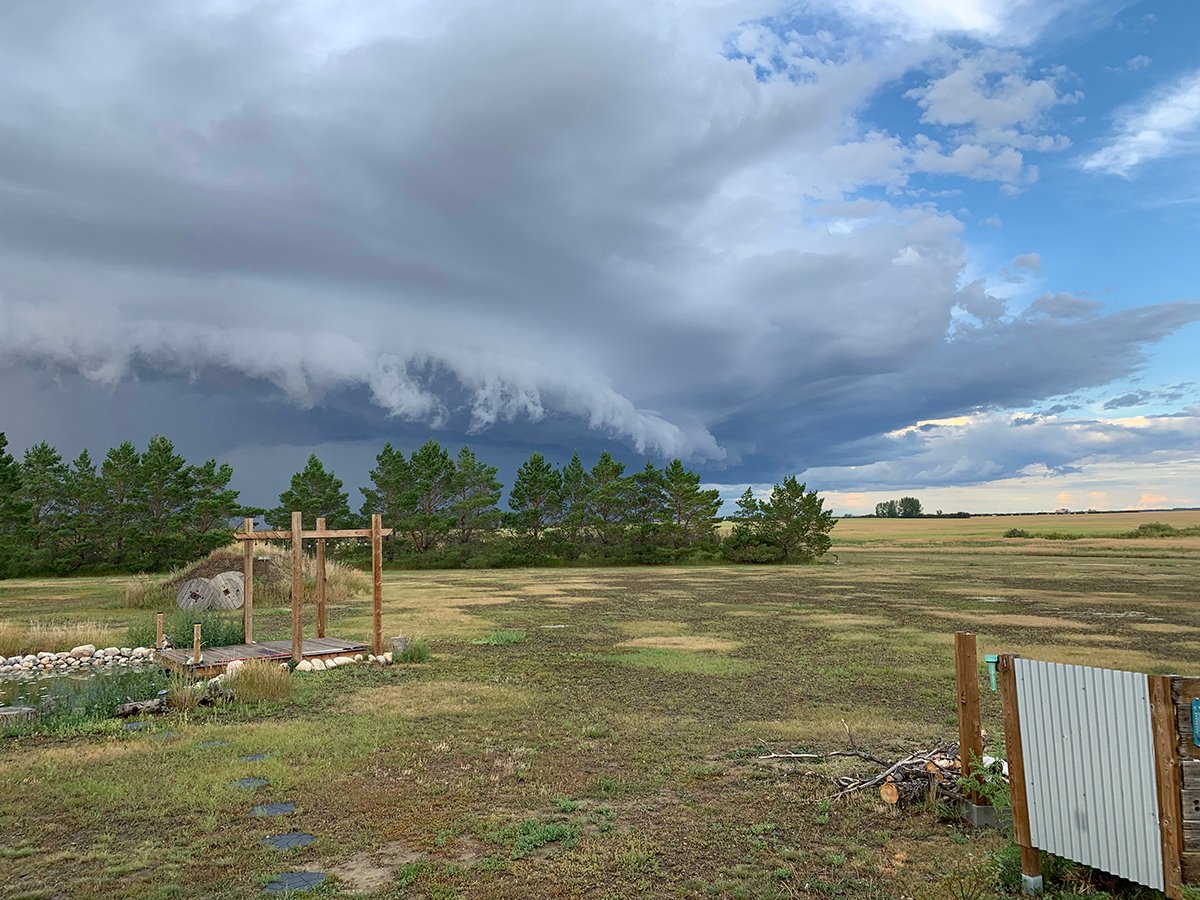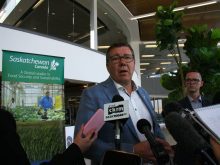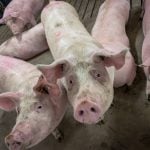Alberta poultry producers want to be prepared with a strong emergency response plan if a natural disaster or foreign animal disease should strike their industry.
A mock disaster in mid-March tested the strengths and weaknesses of their crisis response plan, said Alberta Chicken Producers chair Sylvia Donkersgoed.
The exercise used different scenarios to show participating producers and others what problems might happen and how to avoid paralysis in the event of an emergency.
“One thing that was very imperative was how important the whole communications link is,” Donkersgoed said.
Read Also

Storm dynamics and extreme rainfall
Besides moisture, instability and orographic lift, the next biggest factor that contributes to heavy or extreme rainfall is storm dynamics.
“You don’t want to make any assumptions on anything not being communicated properly.”
Part of the industry’s plan revolves around a web-based program called Geomatics, which farm groups are developing with help from the Alberta government and Telus Corp. It is capable of rapidly locating and contacting, by phone or other means, affected producers, auctions, feed mills and other facilities where livestock may be found during an emergency.
“Even disasters like fire or tornados are covered off in the plan as well,” Donkersgoed said. “It is not specific to disease outbreak.”
The plan covers the location of farms, disposal sites for dead animals and truck washing stations if vehicles must be disinfected. It also outlines who needs to be informed as an emergency unfolds.
The system offers wide ranging communication capabilities including a dial out system to inform those concerned of the emergency. It can be activated quickly.
“It is information that we would need quickly on the fly,” said Terri Savitsky of the Alberta government’s emergency management division.
Critical to making an emergency plan work is premise identification, already in place for poultry farms, processors and feed companies.
“The poultry industry is well set up but some of the other producer groups are just getting their information together,” Savitsky said.
Alberta has been using this system for about four years. It was used last year during flooding in southern Alberta to warn those in danger.
Participants at the poultry association meeting also discussed what do if the power or telephone service went out in a natural disaster and also talked about who takes over when workers are exhausted.
“It is a pretty sobering experience to realize what could happen,” Donkersgoed said.
The Canadian Animal Health Coalition conducted a broader simulation last December, which played out like a real life experience involving all livestock groups. Affected people were taught how to respond to calls from the Canadian Food Inspection Agency, emergency officials and the media.
Poultry producers are writing an emergency response plan that will be updated as circumstances change. Producers should receive the plan soon, which will outline what they need to know and how to recognize emergency alerts. For example, a disease outbreak signals a high alert.
“I think there is a fairly high awareness among producers and the industry that this is something you want to make sure you are prepared for and if you see some kind of outbreak that you do whatever you can to eradicate the disease and the potential for it spreading,” Donkersgoed said.















